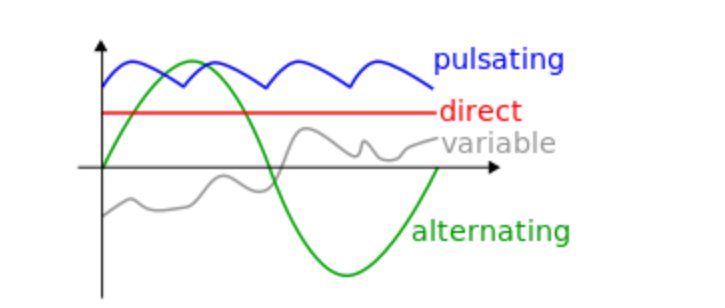CatmanV2
Member
- Messages
- 48,724
An AC signal on a speaker? That would just be a buzzing noise surely?
Umm, not really, no. I mean it *might* be, but probably only if it's a square wave. Or possibly a sawtooth or similar. Pure sine wave AC will be a single tone.
Some nice traces here
http://www.planetoftunes.com/sound-audio-theory/types-of-audio-signal.htm
C




